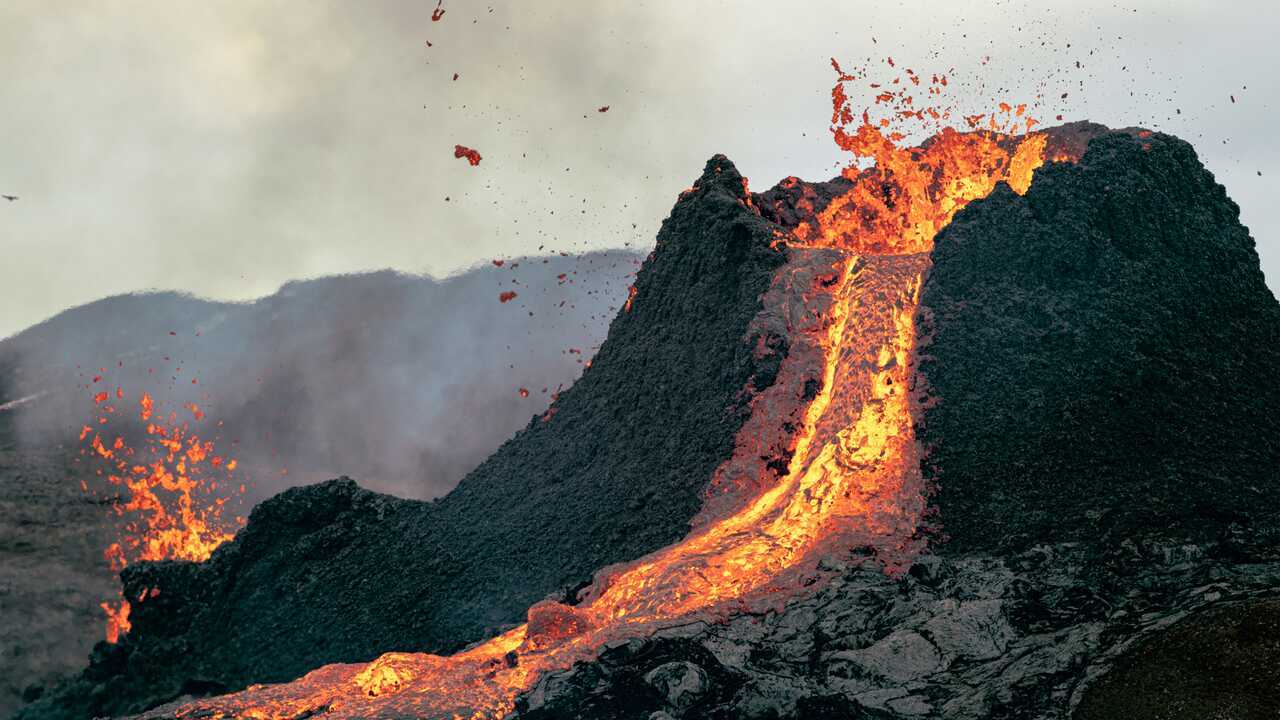Scientists at the University of New Mexico use volcanic modeling to create a response plan

Scientists and researchers, in collaboration with the Community Network for Volcanic Eruption Response (CONVERSE), have devised a response plan aimed at addressing a hypothetical volcanic crisis in the San Francisco Volcanic Field (SFVF) in Arizona, USA. The study was recently published in Volcanica and was led by Yolanda C Lin, Assistant Professor in the Department of Geography and Environmental Studies at the University of New Mexico, with co-author Tobias Fischer.
During the exercise, participants analyzed the magma system modeled in the scenario, including the dikes, tephra deposits, lava flow, and vents of the SFVF. The study was conducted virtually, with participants from various disciplines in volcano science working together to make informed decisions.
The exercise was critical in coordinating and sharing findings among academic and government agencies. It allowed hypothetical scenarios to be simulated, and people to react to the information that could potentially be collected based on real-life volcanic systems. Fischer highlighted the importance of early career scientists submitting a one-page proposal to a committee of peers for access to relevant resources.
Lin emphasized that the study contributed to the development of a shared culture and sense of community among current and future volcano scientists, as well as consolidating resources related to volcanic field activities and spurring new collaboration and discussion among researchers and scientists.

 How to resolve AdBlock issue?
How to resolve AdBlock issue?